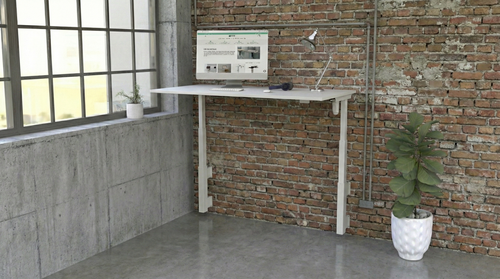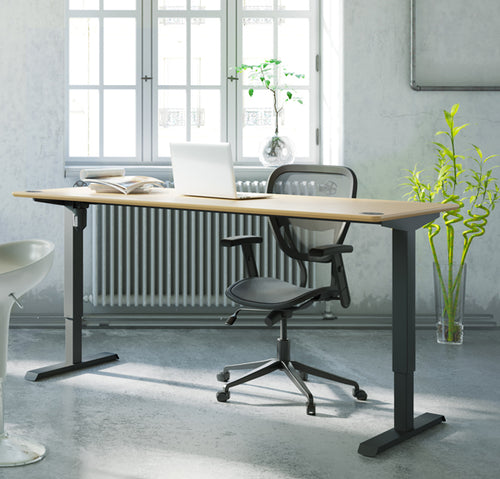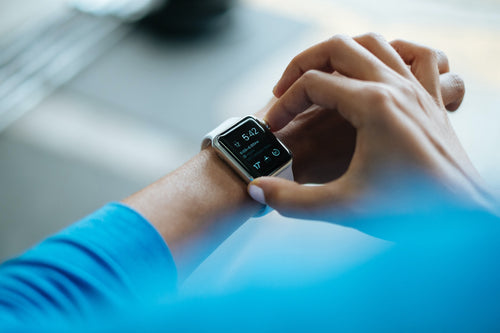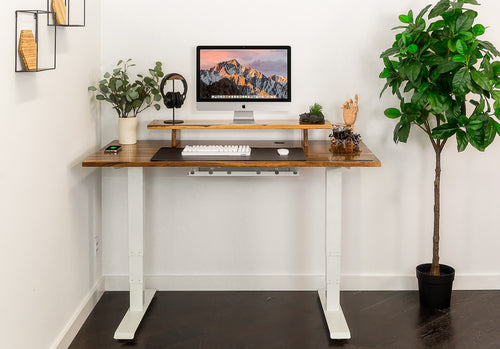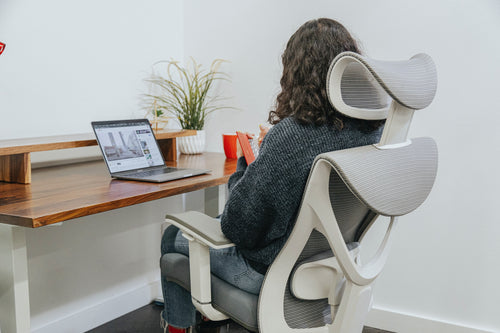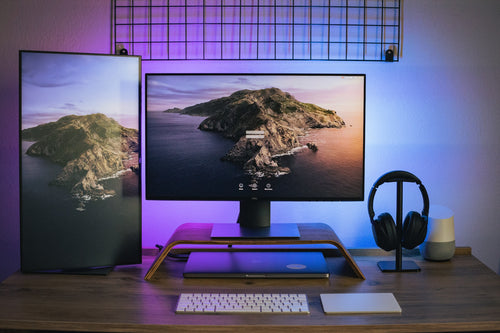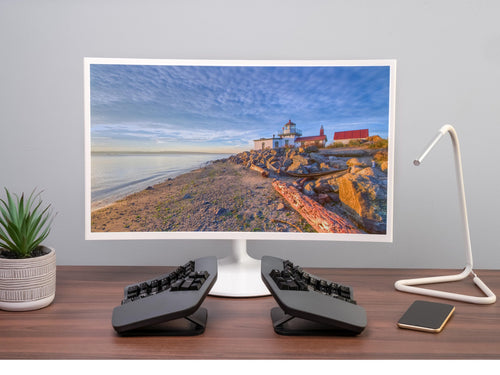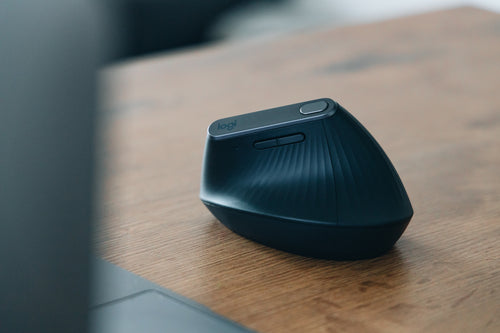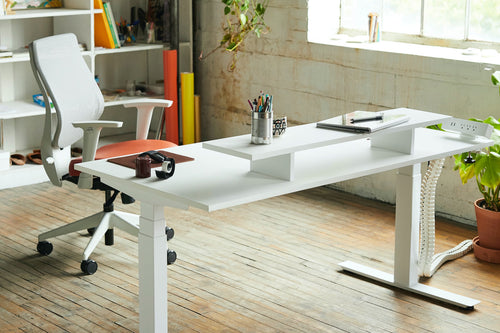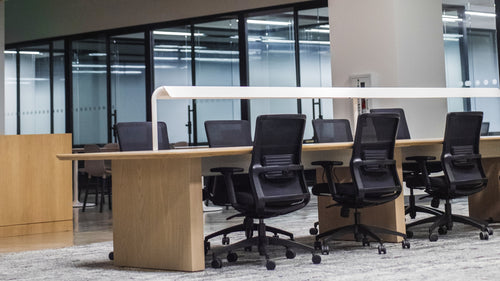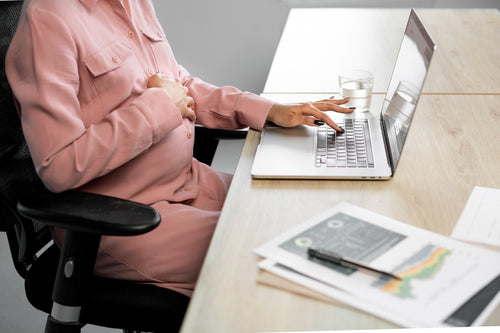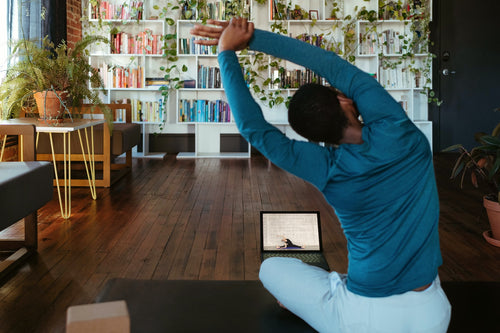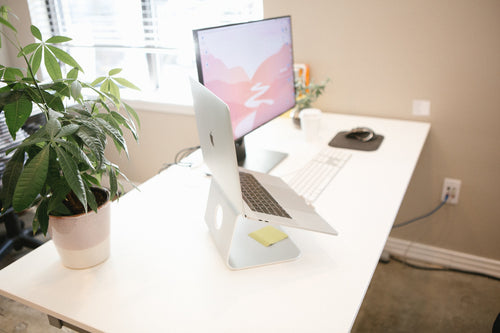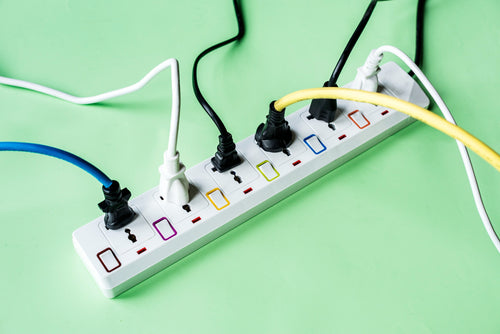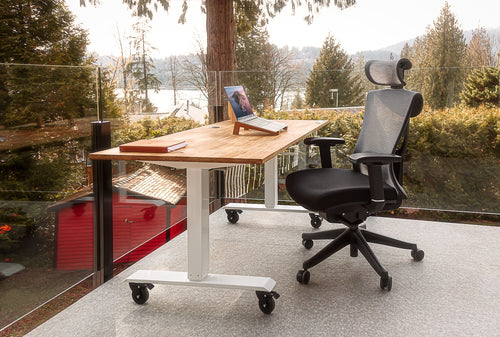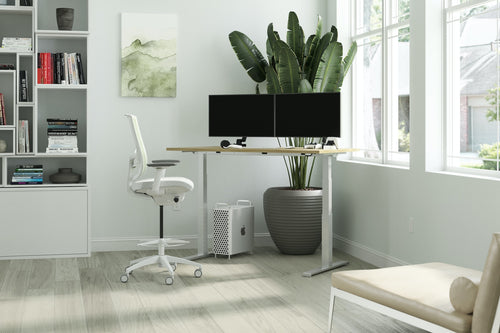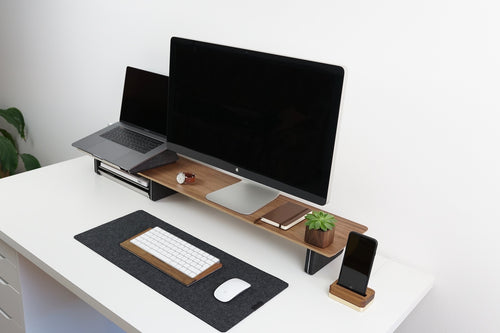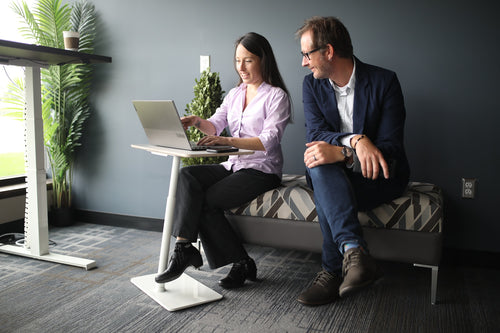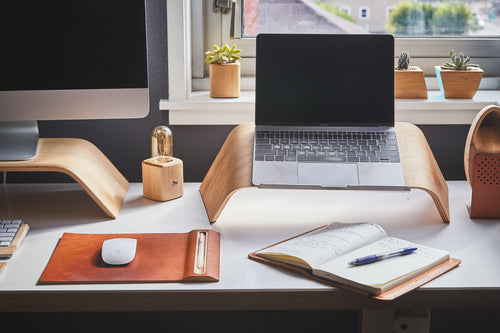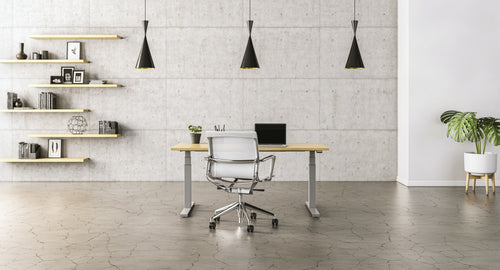If you are looking for a way to improve your posture, spinal alignment, and back pain, you may have heard of kneeling chairs. These are a type of ergonomic office products that can help you sit more comfortably and healthily. But how do you use a kneeling chair correctly? And what are the benefits and drawbacks of this alternative seating option? In this article, we will answer these questions and give you some tips and tricks on how to use a kneeling chair effectively.
What is a kneeling chair?
A kneeling chair is a chair that has two seats: one for your buttocks and one for your knees. The seats are angled forward to tilt your pelvis and align your spine in a natural position. The knee pads support your shins and prevent you from sliding off the chair. Some kneeling chairs also have a backrest, a swivel base, or casters for mobility.
In the 1970s, designer Peter Opsvik from Norway first introduced knee chairs as a way to break an ordinary seated posture and promote more movement. They've become very popular with employees, students, artists and people who sit for long periods.
What are the benefits of using a kneeling chair?
According to various studies and testimonials, kneeling chairs can offer several benefits for your health and well-being. Here are some of them:
- They can improve your posture. By tilting your pelvis forward, kneeling chairs can help you maintain a more upright posture than regular chairs. This can reduce the pressure on your lower back, neck, and shoulders, and prevent slouching and hunching.
- They can reduce back pain. Many people suffer from back pain due to sitting for long hours in poor posture. Kneeling chairs can help alleviate this problem by distributing your weight more evenly between your buttocks and your knees, and by supporting your natural spinal curvature.
- They can boost your blood circulation. Sitting in a regular chair can restrict your blood flow to your lower body, causing numbness, swelling, or varicose veins. Kneeling chairs can improve your blood circulation by opening up your hip angle and allowing more oxygen and nutrients to reach your legs and feet.
- They can benefit people with limited mobility. Some people may have difficulty getting in and out of regular chairs due to arthritis, injury, or disability. Kneeling chairs can make this easier by allowing them to use their arms or hands to lift themselves or lower themselves down.
- They can stimulate more movement. Sitting still for too long can have negative effects on your metabolism, mood, and energy levels. Kneeling chairs can encourage more movement by allowing you to rock, swivel, or change positions easily. This can help you burn more calories, stay alert, and feel more comfortable.
What are the drawbacks of using a kneeling chair?
While kneeling chairs have many advantages, they also have some drawbacks that you should be aware of before buying one. Here are some of them:
- They may not be suitable for everyone. Kneeling chairs may not work well for people who have knee problems, joint pain, or poor circulation in their legs. They may also be uncomfortable for people who are very tall, very short, or very heavy.
- They may take some time to get used to. Kneeling chairs require you to use different muscles than regular chairs, especially in your core, thighs, and lower back. This may cause some soreness or fatigue at first until you build up your strength and endurance.
- They may not fit well with your workstation. Kneeling chairs may not match the height or design of your desk, keyboard, mouse, or monitor. This may cause you to strain your eyes, arms, or wrists while working. You may need to adjust your workstation or use accessories like risers or trays to make it more ergonomic.
- They should not be used for too long. Kneeling chairs are meant to be used as an alternative or complement to regular chairs, not as a replacement. Experts recommend using them for no more than 2 hours at a time and switching between different sitting positions throughout the day.
How to use a kneeling chair correctly?
To get the most out of your kneeling chair, you need to use it correctly. Here are some tips and tricks on how to do that:
- Choose the right kneeling chair for you. There are many types and models of kneeling chairs available on the market, with different features, sizes, shapes, colours, and prices. You should choose one that fits your body type, preferences, budget, and workspace.
- Adjust the height and angle of the seat. The seat of your kneeling chair should be high enough to allow your thighs to slope slightly downwards, and your feet to rest flat on the floor. The angle of the seat should be between 20 and 30 degrees, depending on your comfort level. You can use a level or a protractor to measure the angle.
- Sit on the edge of the seat. To sit on a kneeling chair, you should place your buttocks on the edge of the seat, and then lower your knees onto the knee pads. Your shins should be parallel to the floor, and your knees should be slightly apart. You should not put too much weight on your knees, but rather balance it between your buttocks and your shins.
- Align your spine and head. Your spine should be in a neutral position, with a natural curve in your lower back, and no arching or rounding in your upper back. Your head should be in line with your spine, and your chin should be slightly tucked in. You should avoid leaning forward or backwards or twisting your torso.
- Relax your shoulders and arms. Your shoulders should be relaxed and down, not shrugged or hunched. Your arms should be bent at a 90-degree angle, and your elbows should be close to your body. Your wrists should be straight, and your hands should be aligned with your forearms. You should use a keyboard and mouse that are at the same level as your elbows, and a monitor that is at eye level or slightly below.
- Move and change positions frequently. You should not stay in the same position for too long, as this can cause stiffness or soreness. You should move and stretch every 15 to 30 minutes, and switch between different sitting positions throughout the day. You can also use a rocking or swivelling kneeling chair to add more variety and movement to your sitting.
Kneeling chairs are a great way to improve your posture, spinal alignment, and back pain, as well as boost your blood circulation, benefit people with limited mobility, and stimulate more movement. However, they also have some drawbacks, such as not being suitable for everyone, taking some time to get used to, not fitting well with some workstations, and not being meant for long-term use. To use a kneeling chair correctly, you need to choose the right one for you, adjust the height and angle of the seat, sit on the edge of the seat, align your spine and head, relax your shoulders and arms, and move and change positions frequently.
We hope this article has given you some useful information on how to use a kneeling chair effectively. If you are interested in buying one, you can check out our selection of ergonomic kneeling chairs here (link to store). Thank you for reading!



